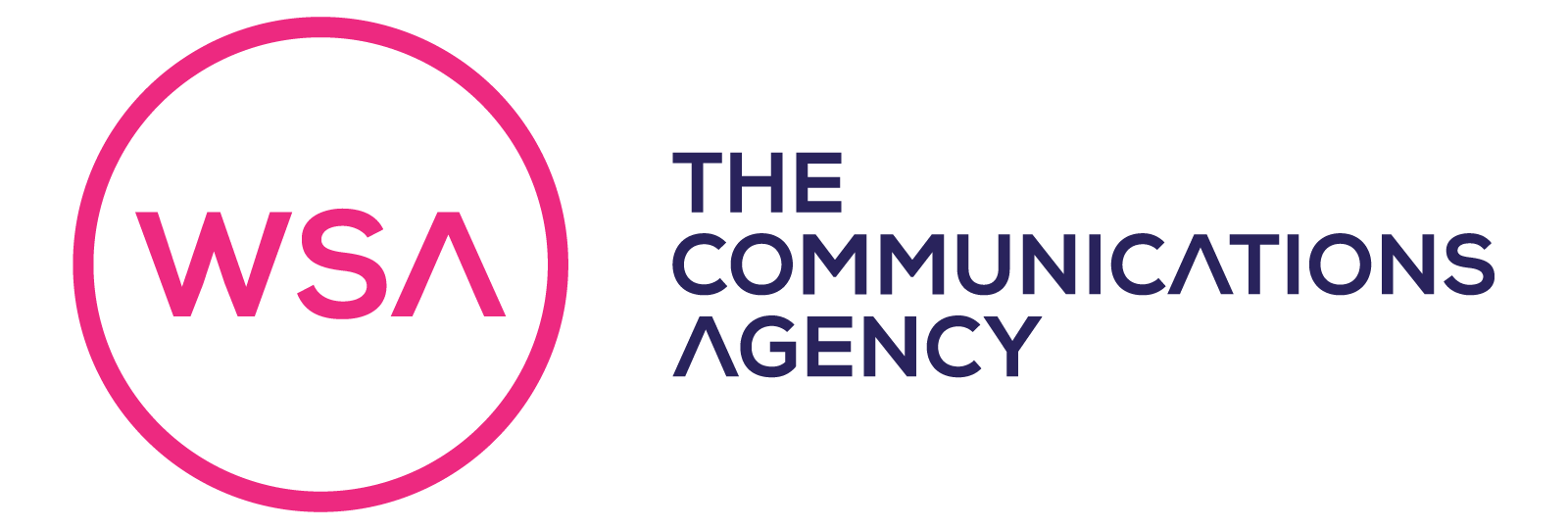Uniforms have long been part of building identities for schools and 6th Forms – with a school tie or emblem being easily identifiable to those in a local community. Nowadays, a school’s identity is more than just clothing. With school branding a big consideration for websites, prospectuses, and external communications, it’s vital that identities incorporated in a logo or school colours are effective, considered and build a strong brand for pupils, teachers and parents alike.
We spoke to our Creative Director, Alessio Leoncini, whose team has redesigned many school logos and websites, and asked him about the main things to consider when re-branding a school, college or University…
Why re-brand a school or college?
There most common reasons schools and colleges come to us for re-branding solutions are usually to give a school a new image – either to modernise or refresh or to alter perceptions of a school which may be suffering with community perception. It’s important to first assess what the school wants to achieve from the re-branding, for example: Is it to align with the school’s values or culture? To re-boot a school’s reputation? Or for a particular event or milestone?
We like to involve the whole school community in the design process – from pupils to governors. It’s important that everyone at the school feels an affinity with the new brand and welcomes its changed identity. To do this, we conduct in-depth research to understand the school’s current brand perception, target audience, competitive landscape, and market trends. Then we analyse our findings to shape the rebranding strategy to ensure a cohesive and effective rebranding solution.
Are logos important?
In a word, yes! A logo is a vital element of a school’s brand identity as a well-designed logo can help establish a strong connection with the audience or community. Not only is it (hopefully) worn with pride on a blazer or school bag, but it also serves as a reflection of the school’s unique personality and values. Something easily recognisable is important too. It should resonate with the target audience, capture their attention, and evoke positive emotions. A well-designed logo when introduced positively should create a sense of trust and credibility for the school, plus evoke professionalism and standards. We always ensure that we test the logo at various stages of the design process to deliver a strong result for all within the school community.
Are there common logo designs and should schools adopt tradition or be bold and stand out?
Whether a school adopts a traditional or bold design depends on its branding goals, target audience, and desired brand personality. While tradition can evoke a sense of heritage and academic excellence, being bold and unique can help a school to stand out from competitors. Common themes amongst educators tend to be growth and wisdom – sometimes depicted through nature. We have seen birds and trees used by some. Some school’s like to incorporate a motto or saying – reflecting learning, change, respect or evolving.
Is the colour palette important?
The colour palette is crucial in shaping a school’s brand identity. Colours evoke emotions and can convey specific meanings. When selecting a colour palette for a school’s brand, we consider the school’s values and desired brand personality. For example, we may use brighter colours or logos for younger pupils to connect with instead of 6th-form pupils. The colours should reflect the target audience’s cultural preferences and be harmonious and complement each other. We must also consider accessibility guidelines to ensure inclusivity for people with visual impairments.
Above all we need to consider how the colours will work on a uniform or tie, plus whether they are aesthetically pleasing on as website or around the school building. Colours in education can often be positive, calming and conducive to learning – with blue and green being popular for these reasons. Once we have agreed on a colour palette, we can begin to think about how they are introduced within the design process.
What about school websites – are they important?
Forget about the days of a note in the school bag, or a well-meaning telephone call, nowadays communications at schools are largely done online via websites or parent and pupil apps. A website is often the ‘face’ of the school for prospective or existing parents and is used to communicate news, events and class information. Therefore, it stands to reason that the user experience must be spot on. Information should be easy to access, with clear navigation and be maintained easily so that it is kept up to date. By creating a logical site structure and navigation system, visitors can easily find the information they are looking for. We do this through clearly signposted sections using logos or colourful tabs to organise admissions, curriculum, calendar, Ofsted, and contact details in a clear and intuitive way.
How should a school website look?
As with all aspects of a school re-branding, the website should reflect the school’s ethos and goals. The design will encompass all the essential elements of school branding, including the logo, colours, and typography, to guarantee consistency and reinforce the school’s identity. The use of good photography cannot be overstated. Eye-catching and high-quality images of the school, pupils, its facilities, and activities play a crucial role in enhancing the visual appeal of the website.
If your school is considering a refresh for the new academic year, rest assured we have heaps of experience in designing websites, school brochures and logos. Please get in touch with the creative team for more information
